How to Prepare Patients for Fasting Blood Tests
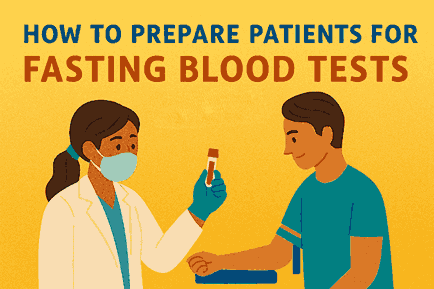
Fasting blood tests are an essential part of modern healthcare. They help physicians assess glucose levels, lipid profiles, liver and kidney functions, and other critical markers that guide diagnosis and treatment. For accurate results, patients need to follow specific instructions before these tests. Even small mistakes, like eating too close to the test or not drinking enough water, can alter outcomes and lead to misleading interpretations. As healthcare providers, preparing patients properly is crucial for ensuring reliable laboratory results.
Understanding the Purpose of Fasting Blood Tests
The first step in preparing patients is to explain why fasting is required. Many people feel anxious or confused about the instructions, so clear communication can help them understand the importance. Fasting means avoiding food and beverages, except for water, for a specific period before the test. For most tests, this period ranges from 8 to 12 hours.
When patients know that fasting ensures accuracy, they are more likely to comply. For example, eating before a glucose or cholesterol test can artificially raise levels and mislead the doctor. Educating patients about the link between fasting and accurate diagnosis helps build trust and improves adherence.
Explaining Which Tests Require Fasting
Not all blood tests require fasting, and patients often get confused. Healthcare providers should clearly list the tests that require fasting, such as:
Fasting blood glucose – to diagnose or monitor diabetes.
Lipid profile – to measure cholesterol and triglycerides.
Iron studies – to check iron absorption and metabolism.
Vitamin B12 and folate – sometimes more accurate when fasting.
By explaining which tests are affected by food intake, patients can see why fasting matters. If the test does not require fasting, providers should also clarify this to reduce unnecessary patient stress.
Giving Clear and Simple Instructions
Patients should receive both verbal and written instructions. Written guidelines are helpful because patients may forget verbal directions. Instructions should be simple, easy to follow, and free from medical jargon.
Examples of clear instructions include:
Do not eat or drink anything except water for 8–12 hours before your test.
Take your regular medications unless your doctor tells you otherwise.
Avoid chewing gum or drinking coffee, even without sugar, as these may affect results.
Drink water to stay hydrated, but do not overdrink.
Consistency in messaging across doctors, nurses, and laboratory staff prevents confusion and ensures better patient compliance.
Addressing Common Patient Concerns
Many patients worry about fasting, especially those with diabetes, elderly individuals, or those on multiple medications. It is essential to address these concerns carefully. For example, diabetic patients may need specific instructions on adjusting insulin or oral medications. Similarly, patients taking morning medications should be told whether they can take them with a sip of water before the test.
Healthcare providers should encourage patients to ask questions in advance. Reassurance and tailored guidance help prevent errors and make patients feel safe.
The Role of Hydration
Staying hydrated is an important part of fasting preparation. Patients may mistakenly believe that they should avoid water, but this is not true. Drinking water helps keep veins more accessible, making blood collection easier and less painful. It also reduces the risk of dizziness or fainting after the test.
However, providers should caution patients against overhydration, which may dilute certain blood components. Advising moderate water intake is the best approach.
Scheduling the Test at the Right Time
Timing plays a significant role in patient comfort and compliance. Morning appointments are ideal because patients can fast overnight and come in for the test soon after waking up. This reduces hunger, fatigue, and irritability.
Patients should also be reminded to bring a small snack to eat after the test. Having food available helps them recover quickly, especially if they feel lightheaded.
Preparing Special Groups of Patients
Certain groups require special consideration when preparing for fasting blood tests.
Children: Fasting can be stressful for children, so providers should reassure parents and schedule the test early in the morning. Explaining the process in child-friendly language also helps.
Pregnant women: They should receive clear advice about fasting safety, especially when undergoing glucose tolerance tests.
Elderly patients: Weakness, dizziness, and dehydration are risks for older adults. They may need closer monitoring and flexible instructions.
Diabetic patients: They need personalized plans for medication timing and diet adjustments. Without guidance, fasting can cause hypoglycemia or other complications.
By recognizing these groups, healthcare workers can reduce risks and improve patient experiences.
Educating About Lifestyle Factors
Aside from fasting, other lifestyle factors can influence blood test results. Patients should be reminded to avoid alcohol for at least 24 hours before the test, as it can interfere with liver enzymes and triglycerides. They should also avoid strenuous exercise, smoking, or unusual dietary habits the day before testing. Maintaining a normal routine ensures results reflect the patient’s usual health status rather than temporary fluctuations.
Emphasizing the Consequences of Not Fasting
Patients often underestimate the importance of fasting. Providers should explain the possible consequences of not following instructions. These include inaccurate test results, unnecessary repeat tests, delayed diagnosis, and inappropriate treatments. By making patients aware of these risks, they become more motivated to comply with fasting guidelines.
The Role of Healthcare Staff in Patient Preparation
Nurses, phlebotomists, and laboratory staff play a critical role in patient preparation. They are often the first point of contact for patients and can reinforce instructions during appointments. Staff should always confirm whether the patient has followed fasting requirements before drawing blood. If fasting has not been observed, they should notify the physician to avoid misinterpretation of results.
Using Technology to Improve Compliance
In today’s digital age, technology can support patient preparation. Clinics and hospitals can send automated reminders via text messages, phone calls, or emails. These reminders should include fasting instructions, appointment time, and any special advice. Mobile apps or hospital portals can also provide instructional videos and FAQs to help patients prepare confidently.
Creating a Patient-Friendly Environment
The patient experience does not end with instructions. The blood collection environment should be comfortable and supportive. Friendly staff, minimal waiting times, and a reassuring approach help reduce anxiety. After the test, providing a recovery area where patients can rest and have a snack creates a positive impression and builds trust in the healthcare facility.
Conclusion
Fasting blood tests are vital for diagnosing and managing many health conditions, but their accuracy depends heavily on patient preparation. Healthcare providers have a responsibility to educate, guide, and support patients throughout the process. Clear instructions, attention to special groups, hydration advice, and technological support all contribute to better compliance. By preparing patients effectively, healthcare professionals ensure accurate results, reduce the need for repeat tests, and improve overall patient safety and satisfaction.
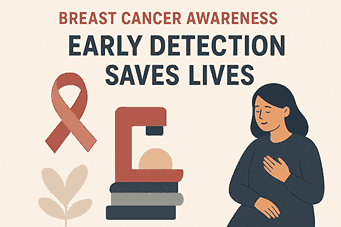
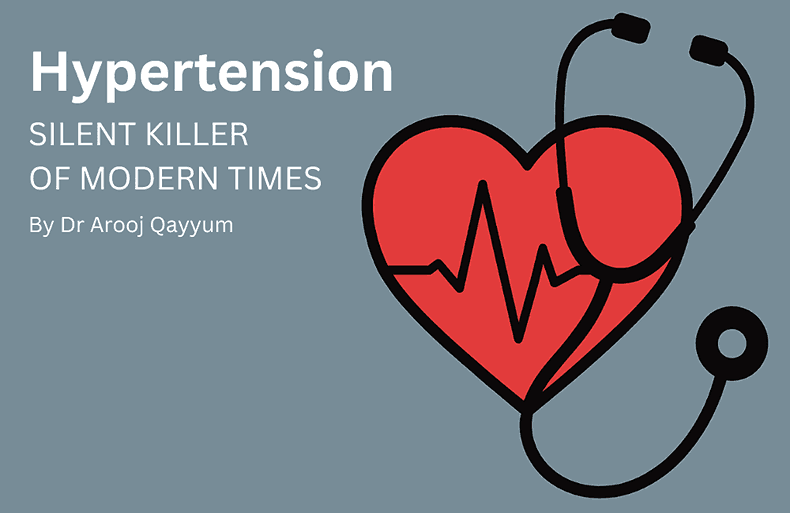
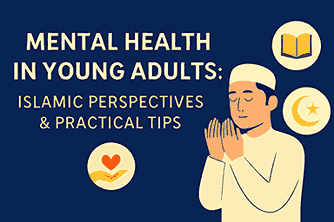
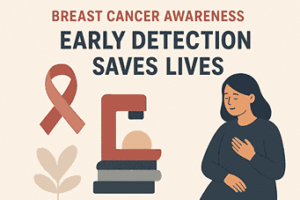
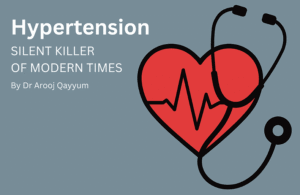
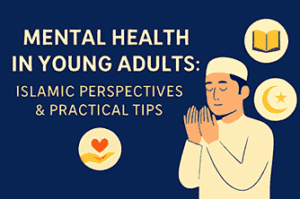
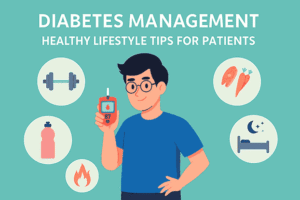

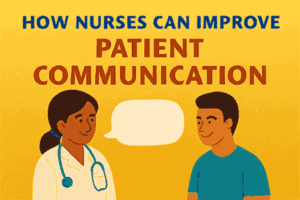
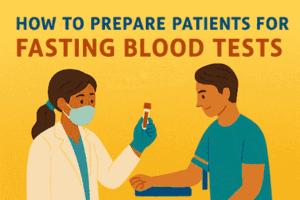
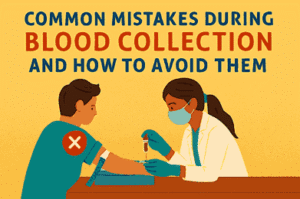


Post Comment